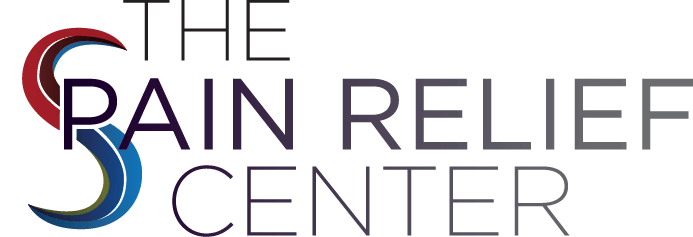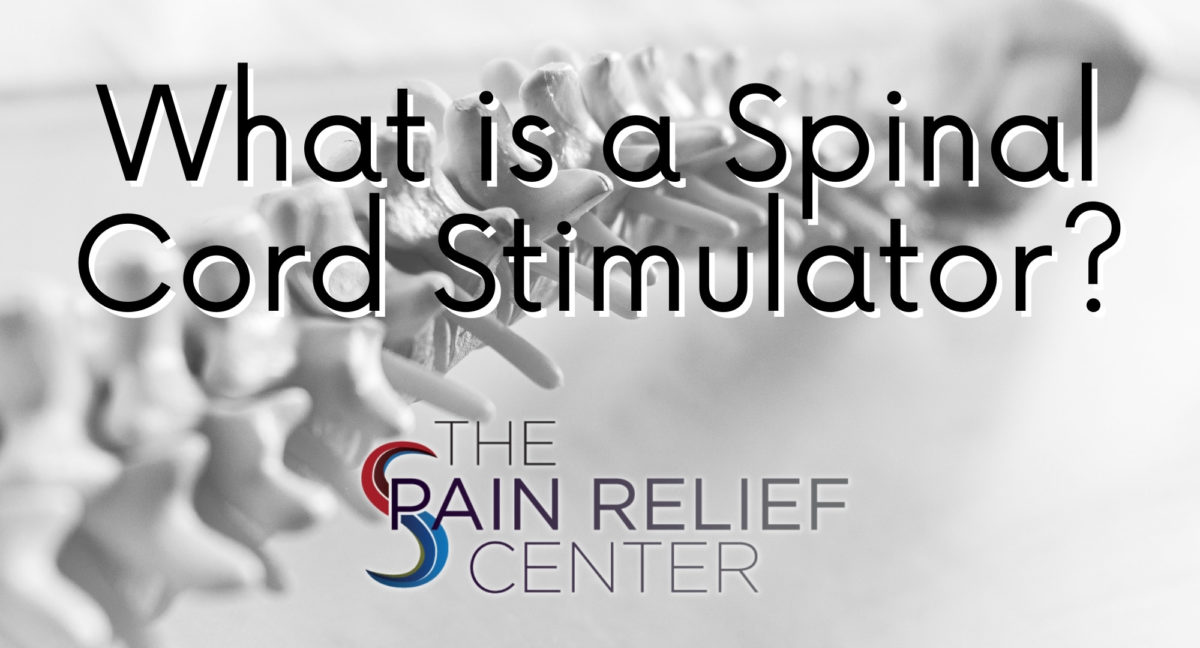Pain caused by damage or issues with nerves of the spinal cord can be extremely tricky to diagnose and then treat once diagnosed. Sometimes people undergo invasive and costly surgeries that don’t even effectively treat the pain. When conventional treatments haven’t worked and the pain is still chronic and debilitating, a physician may decide to explore the course of spinal cord stimulation.
Spinal cord stimulation is a type of neurostimulation, a process that applies electrical currents to the source of pain. The electrical current does not remove the source of the pain, but the stimulation that it causes interferes with the pain’s ability to reach the brain.
The Spinal Cord Stimulator
Through a very minimally invasive surgery, a spinal cord stimulator (SCS) is placed under the skin. The device has small wires that carry the current from the SCS’s pulse generator to the nerves of the spinal cord. When the SCS is turned on, the stimulation caused by the current induces a feeling of tingling where there is normally a sensation of pain.
It is important to note that the pain source is not removed in this process. Simply, the current and stimulation interrupt the signals of pain that are normally sent to the brain.
The physician initially programs the pulse generator to control where stimulation occurs, and the intensity and frequency of the stimulation. The patient can learn how to later control the stimulation on his or her own.
Who Can Benefit from a Spinal Cord Stimulator?
Spinal column stimulation is not an immediate go-to resolution to chronic pain. Other conservative types of therapy have to be ruled out, and the patient’s case must be thoroughly evaluated to determine eligibility for the reception of an SCS. The disability is evaluated along with the patient’s psychological health, as chronic pain can have a negative effect on mental health.
Conditions that are often determined to benefit from SCS implementation include the following:
- Failed back surgery syndrome: one or more back surgeries has failed to improve chronic lower back, leg, or arm pain
- Arachnoiditis: inflammation and scarring of the protective layers of the spinal nerves
- Complex regional pain syndrome: a nervous system disease in which patients feel constant burning sensation
- Peripheral neuropathy: burning pain in the legs caused by the most distant nerves dying off
- Other: angina, MS, spinal cord injury
(the above list was adapted from similar lists at spine-health.com)
Before permanent implementation of an SCS, patients who have been evaluated and qualified to possibly benefit from spinal cord stimulation have a trial stimulation. A temporary stimulator is positioned in the patient’s spinal column, and for about one week, the patient keeps a log of the stimulation settings and pain relief. These results are discussed with the physician and the decision to place a permanent stimulator or just remove the trial stimulator.
What Are the Benefits of a Spinal Cord Stimulator?
While spinal cord stimulation does not effectively remove the source of pain, it does reduce the pain considerably; hopefully, this reduction is to a point at which the patient can resume everyday activities.
Because pain varies from condition to condition and patient to patient, results will greatly vary, but the aim for the result from the SCS is 50-70% pain reduction.
The SCS is also advantageous in that it has the aforementioned trial period and is easily reversible, so discomfort caused by the generator or negative side effects can be changed. In addition, the surgery is minimally invasive and the SCS doesn’t interfere with travel and recreation.
Chronic or persistent pain in your back should be examined by a doctor immediately. The experts at the Microsurgery Spine and Pain Institute are hear to help. Call us today to schedule a consultation.


